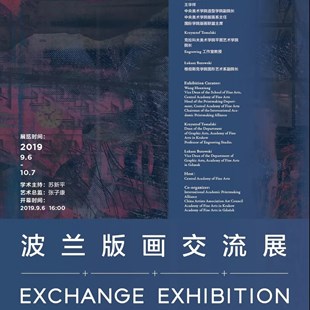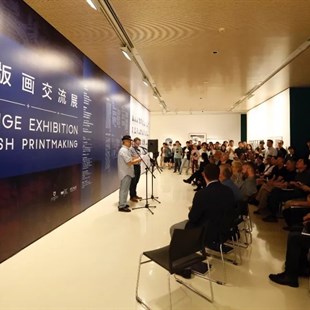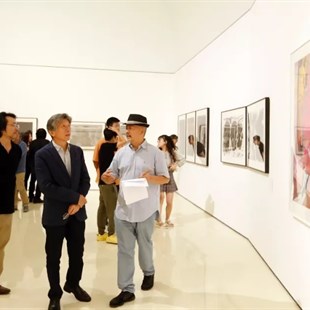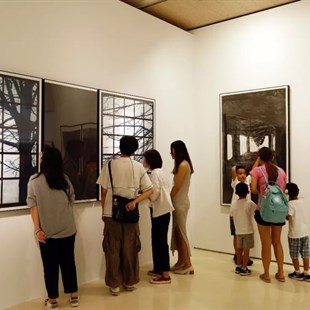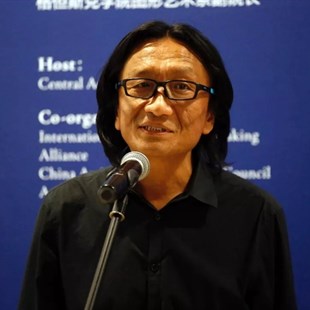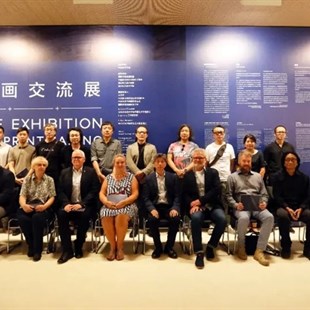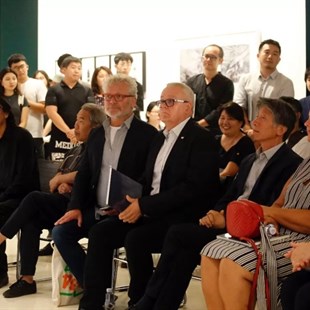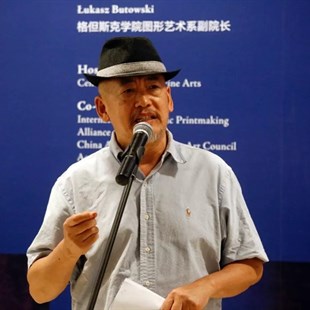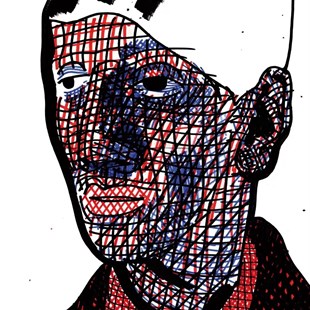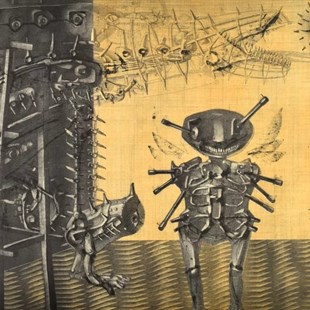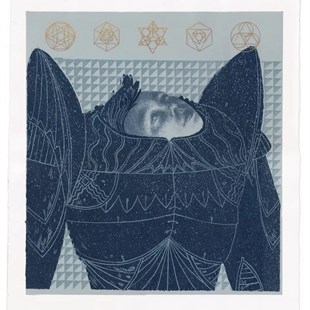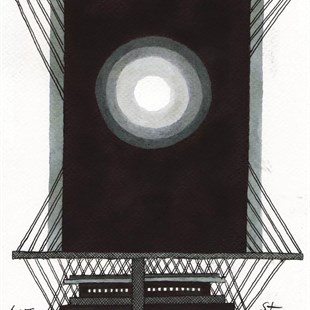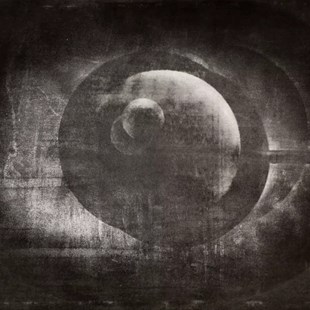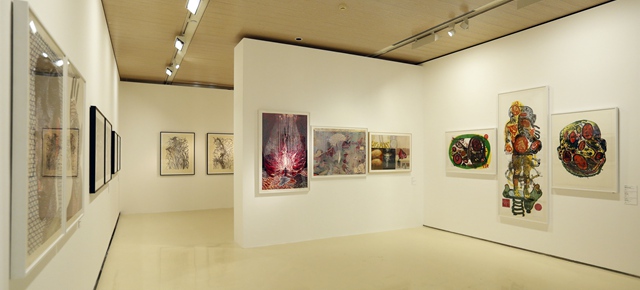
On September 7, 2019, the opening ceremony “Exchange Exhibition of Polish Printmaking” was held at the 3A Gallery in CAFAM. The exhibition is organized by the Central Academy of Fine Arts, co-organized with the International Printmaking Alliance, China Artists Association Art Council, Academy of Fine Arts in Krakow and Academy of Fine Arts in Gdansk. This is a follow-on academic exchange after the exhibition featuring the Printmaking Department of Central Academy of Fine Arts was held in Poland. This exhibition showcases works from the Academy of Fine Arts in Krakow and Academy of Fine Arts in Gdansk in Poland.
Poland is not far away, nor is it strange to us.
How to resolve the far distance and eliminate strangeness?
The artworks from Poland, make us re-visit Poland.
This Exchange Exhibition of Polish Printmaking was not organized according to any obvious theme, ideology or formal standard. All the works are selected by the artists themselves, fully demonstrating the individual style of the Polish artists. The entire exhibition presents a very tacit harmony, because the artists have created their works in a common Polish context. As an important creative means of understanding graphic art, printmaking has always played the role of media in a broader cultural field. At the same time experiencing the constant changes and the waves of transformation.
Printmaking and Vision
In this exhibition, Polish printmaking artists tend to explore the meaning of printmaking as a visual image in the present. In the past two decades, the dominant position of digital media has been the most important factor affecting visual culture, and has become the main carrier of images belonging to various visual forms. The most important visual carrier of graphic art, widely and frequently existed in all aspects of life, but it has become more and more trivial. Whether with intention or not, we have become witnesses and participants in this unprecedented widening wave of image-aware space.
Image and Text
The works displayed in the exhibition are exploring some of the problems in current printmaking creations. For example, the discussions on the visual and textual as well as the virtual and realistic perspective. The universality and advantages of the visual form make the position of the text fade, text is gradually replaced by visual language, and frequent occurrences of image creation take place in virtual space instead of real world, and then more powerful communications occur through the network. The advancement and popularization of science and technology will also make the virtual and real interchangeable, that is, digital images will be transformed into the real world. However, the current more obvious trend is the combination of the above two realities, which are equally important, regardless of the primary and secondary images.
Virtual and Real
It can be clearly perceived that some of the works in this exhibition are from the virtual, some reflect the virtual, and others belong to this system. Of course, there are still many works that remain completely in the analog world. There is no doubt that these works meet in the same physical space and are all realistic. But all in all, these works are images that are painted or printed on paper.
Although there are voices of opposition to the current influence on digital culture, paper makes these works turn from the minds of artists into reality, and cease to be vague feelings. Paper is not only a concrete form of all graphic and painting media, but also a culture that continues to the carrier. Presently, the works of Polish artists presented in the Art Museum of the Central Academy of Fine Arts are connected as a symbol of visualization in the cultural exchange of China and Poland.
President of CAFA Fan Di’an, Vice President of CAFA Su Xinping, Deputy Party Secretary of CAFA Wang Shaojun, as well as representative artists from Poland, Krzysztof Tomalski, Dean of the Department of Graphic Arts, Academy of Fine Arts in Krakow, as well as Dean and Deputy Dean of the Department of Graphic Arts, Academy of Fine Arts in Gdansk attended the opening ceremony. Wang Huaxiang, Deputy Dean of the School of Plastic Arts, Director of the Department of Printmaking, presided over the opening ceremony.
Su Xinping, Vice President of the Central Academy of Fine Arts, mentioned in his speech that Polish prints were no stranger to the Chinese art world. Ever since the previous generation of artists recognized printmaking, they had in-depth cognition of Polish printmaking. The expressive perspectives and printmaking languages of Polish printmaking artists, the intensity, richness and profundity of their expressions have influenced many young artists engaged in printmaking. He pointed out that the exchange of prints requires the interaction between the printmaking artists. Since the experience and feelings for the printmaking materials and handmade touch will be more effective only through close communications with each other. From the seemingly tiny details to the experience of an individual's work, and further experience of its culture, history, thinking, or its language methods and media. As an opportunity, this exhibition hopes to play a positive role in promoting the teaching and printmaking creation for both parties in the future.
Professor Lukasz Butowski, Deputy Dean of the Department of Graphic Arts at the Academy of Fine Arts in Gdansk, said in his speech that art was an exchange. When artists create art, they should communicate passionately and engage in a dialogue with people from different cultures, regions or of various ages. He also expressed his gratitude for organizing such an exchange event, which also played an important role in promoting the development of Polish printmaking.
Krzysztof Tomalski, Dean of the Department of Graphic Arts, Academy of Fine Arts in Krakow, said that he was very honored to come to the Central Academy of Fine Arts for an exchange and sharing. He spoke in particular about the important influence of the invention of Chinese paper on artistic creations and the important influence on cultural exchanges in various countries.
Wang Huaxiang, Director of the Printmaking Department at the Central Academy of Fine Arts, said in his speech that Poland was located in the middle of Europe and is the middle ground between the West and the East. Its culture and national character also naturally bring out corresponding characteristics. China is fairly familiar with European and American art, so familiar that we can say Chinese art is highly influenced by that art. However, when we develop to a relatively high level, we have the desire to find another way based on mainstream culture. The relatively closed and marginalized regions of the world have not yet been completely crushed by “contemporary art”. They may have preserved some ancient and precious things, which may offer other treasures we need to create new art. I believe that the exhibition will definitely bring a refreshing feeling to the Chinese audience, which will bring inspiration to the Central Academy of Fine Arts and Chinese printmaking peers and enhance the friendly exchanges of citizens between Poland and China.
The exhibition will remain on view until October 7.
Edited by Lin Lu(CN) and Sue (EN)/CAFA ART INFO
Photo by Li Biao/CAFA ART Museum


